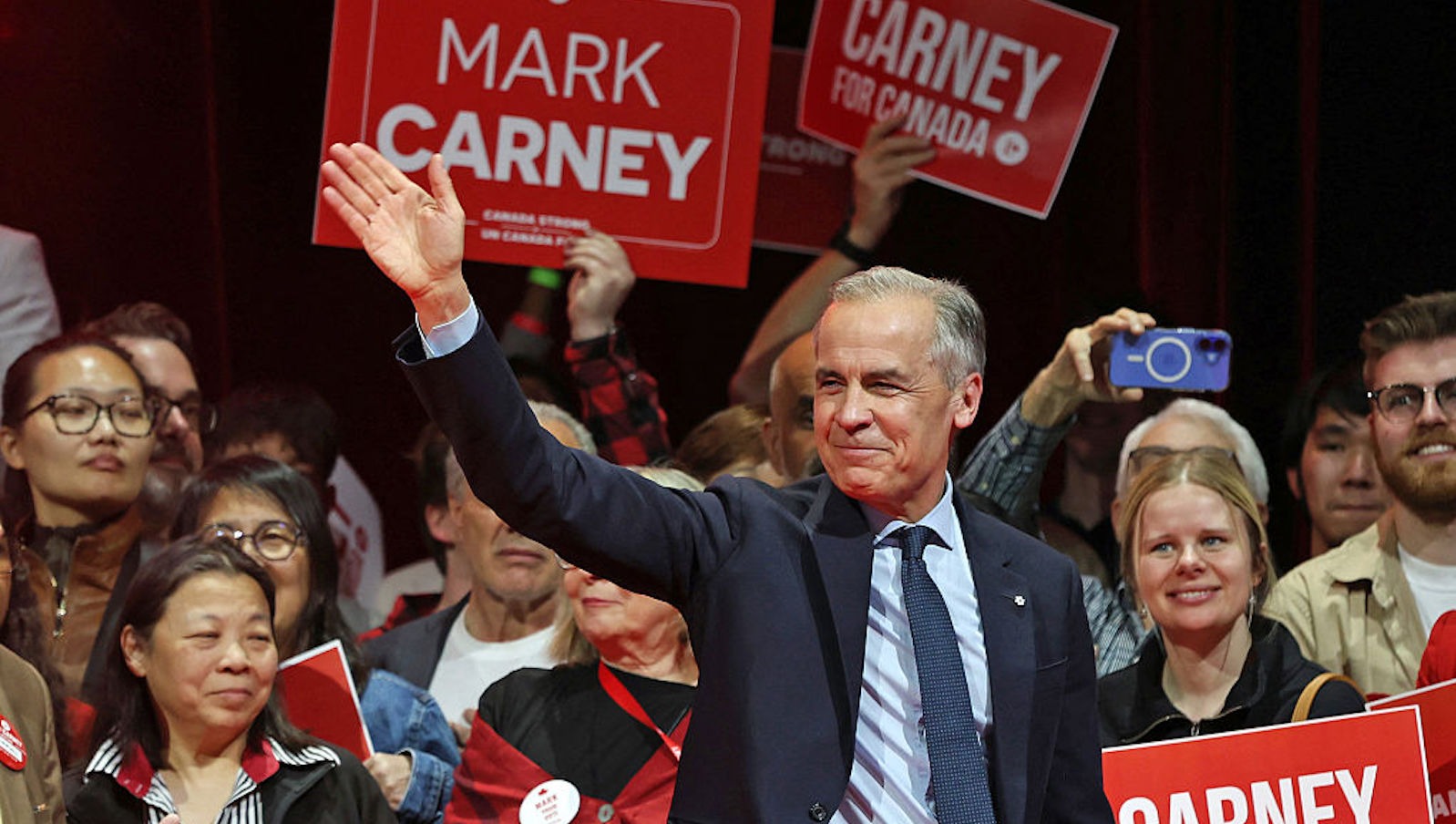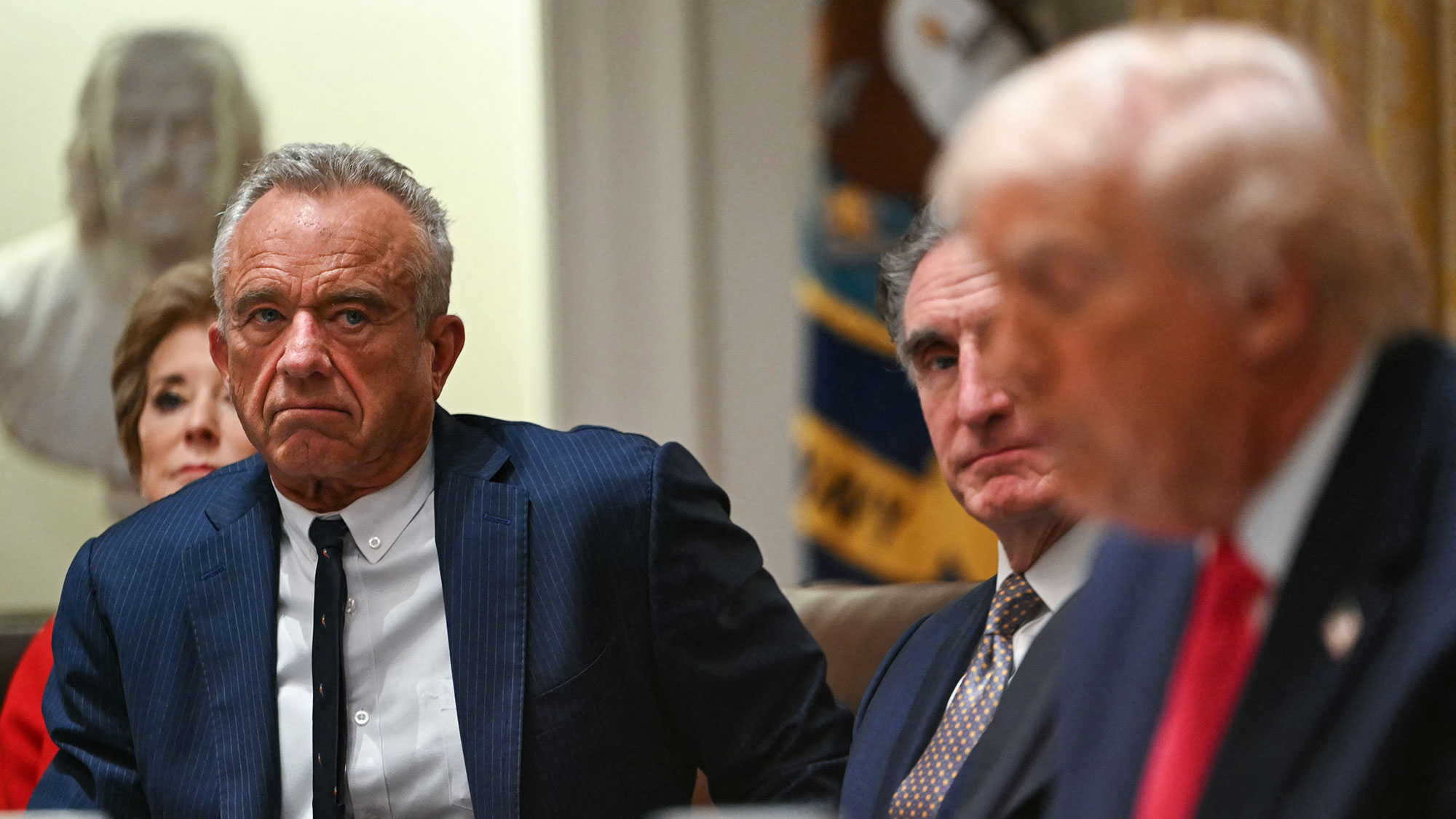Canada’s newly elected prime minister wants to turn the country into an “energy superpower,” while promising to respect Indigenous rights, prompting both cautious optimism and skepticism from Indigenous leaders and advocates in Canada.
Prime Minister Mark Carney won Canada’s election this week in what many observers are calling an embrace of Canadian nationalism and rebuke of U.S. President Donald Trump. Carney is a former central banker who became prime minister in March after Justin Trudeau stepped down. He is largely expected to continue the policies adopted by his centrist Liberal predecessor, who supported aligning Canadian law with the United Nations Declaration on the Rights of Indigenous Peoples, the cornerstone of international rights for Indigenous peoples, but also faced criticism for his support for the Trans Mountain oil pipeline.
Carney’s Conservative opponent, Pierre Poilievre, embraced a major expansion of domestic oil and gas development and voted against the 2021 bill to ensure Canadian laws are consistent with the U.N. Declaration on the Rights of Indigenous Peoples.
“I am very proud to say that I oppose this bill,” Poilievre said at the time. One study found that if Poilievre won, Canada’s emissions would increase, whereas Carney’s win means the country’s emissions will continue to fall — albeit not low enough to avoid the worst effects of global warming.
Indigenous Climate Action, an advocacy group for Indigenous peoples and climate justice in Canada, said in a statement that Carney was considered the “lesser of two evils” compared to his Conservative opponent but that the organization is concerned that both Carney and Poilievre promised to speed up extractive energy projects in the name of Canadian sovereignty.
“So-called Canadian sovereignty shouldn’t come at the expense of Indigenous sovereignty, nor should it be an excuse to violate our inherent rights,” the organization said. “True climate justice can only be achieved when Indigenous Peoples are given the rightful power to determine the fate of our lands and territories.”
Prior to his election, Carney had a track record of climate advocacy: In 2019, he became the United Nations’ special envoy for climate action and finance, with the goal of drumming up private financing to help countries prevent the earth from warning more than 1.5 degrees. A decade ago, he said the “vast majority of reserves are unburnable” if the world is to avoid the worst-case scenarios of climate change.
Carney’s rhetoric has since shifted. One of his first decisions after replacing Trudeau was to remove the federal carbon tax on fossil fuel usage that was widely criticized for increasing the cost of living, despite data indicating rebates reached more than 80 percent of Canadians. The issue had become a political liability for the Liberal party and scrapping the tax ahead of the election undercut what had become a rallying cry for his opponent. Carney has also promised to fast-track resource development projects to decrease Canada’s reliance on energy imports.
“Build, baby, build,” Carney said in his victory speech this week, a play on Trump’s “drill, baby, drill” motto that refers to ramping up oil production. For Carney, “build, baby, build” expresses his commitment to shoring up Canadian infrastructure, including building half a million affordable housing units and expanding domestic energy production.
“It’s time to build new trade and energy corridors working in partnership with the provinces, territories, and Indigenous peoples,” he said in the same speech. “It’s time to build Canada into an energy superpower in both clean and conventional energy.”
Both Carney and Poilievre embraced constructing energy corridors, but it’s not clear what pipelines or other projects would comprise the corridor Carney has championed.
Cindy Woodhouse Nepinak, the national chief of the Assembly of First Nations, an advocacy organization for Canada’s First Nations, said she is optimistic Carney’s administration will involve Indigenous communities with planning and decision-making as he pursues his aggressive energy development goal.
“They’re going to have to make sure that they work with First Peoples on whose land Canada is made,” Nepinak said. “First Nations aren’t anti-development but they do want to do things in a balanced and sustainable way because we don’t have another planet to send our children to. We always try to think to the generations ahead: Are we ruining what we have?”
Carney’s campaign has been full of promises to that effect. “A Mark Carney-led government will: work in full partnership with First Nation, Inuit, and Métis to advance and realize the rights of Indigenous peoples through a distinctions-based approach,” according to his website. A Mark Carney-led government will “support Indigenous-led processes for advancing self-determination,” it continued, and “implement the United Nations Declaration on the Rights of Indigenous Peoples Act.” The website frequently described Indigenous peoples as partners and promised to expand funding and services for them. In March, Carney doubled federal infrastructure financing for Indigenous communities from $5 billion to $10 billion.
Carney has also promised to support Indigenous-led conservation efforts, and “enshrine First Nations’ right to water into law.” He pledged to add at least 10 new national parks or marine conservation areas and 15 new urban parks, and make national park access free this summer. He’s also promised to create new programs to support Arctic Indigenous guardianship over ecosystems and Indigenous climate adaptation.
Carney’s ability to enact his agenda might be hampered by the fact that, unlike with his predecessor Trudeau, the Liberal party did not win a majority of seats in Parliament this week, which will require the party to work with others to pass legislation.
“When the Liberals won a majority under Justin Trudeau in 2015, the government was able to implement major climate policy, like the carbon pollution pricing system and regulations restricting methane,” the Canadian nonprofit news site The Narwhal reported. Carney’s climate goals include making Canada “a world leader in carbon removal and sequestration,” and compared to Trudeau, his platform has been described as “more carrot, less stick.”
The newly-elected Carney is now facing pressure from energy developers to be friendlier to the oil and gas industry than Trudeau was, as well as calls from environmentalists to take a hard stance against burning more fossil fuels.
“We stopped a far-right government from taking power,” said Amara Possian, Canada team lead at 350.org. “But the real work lies ahead as we build a future where our climate is protected and our communities thrive.”
Source link
Anita Hofschneider grist.org



